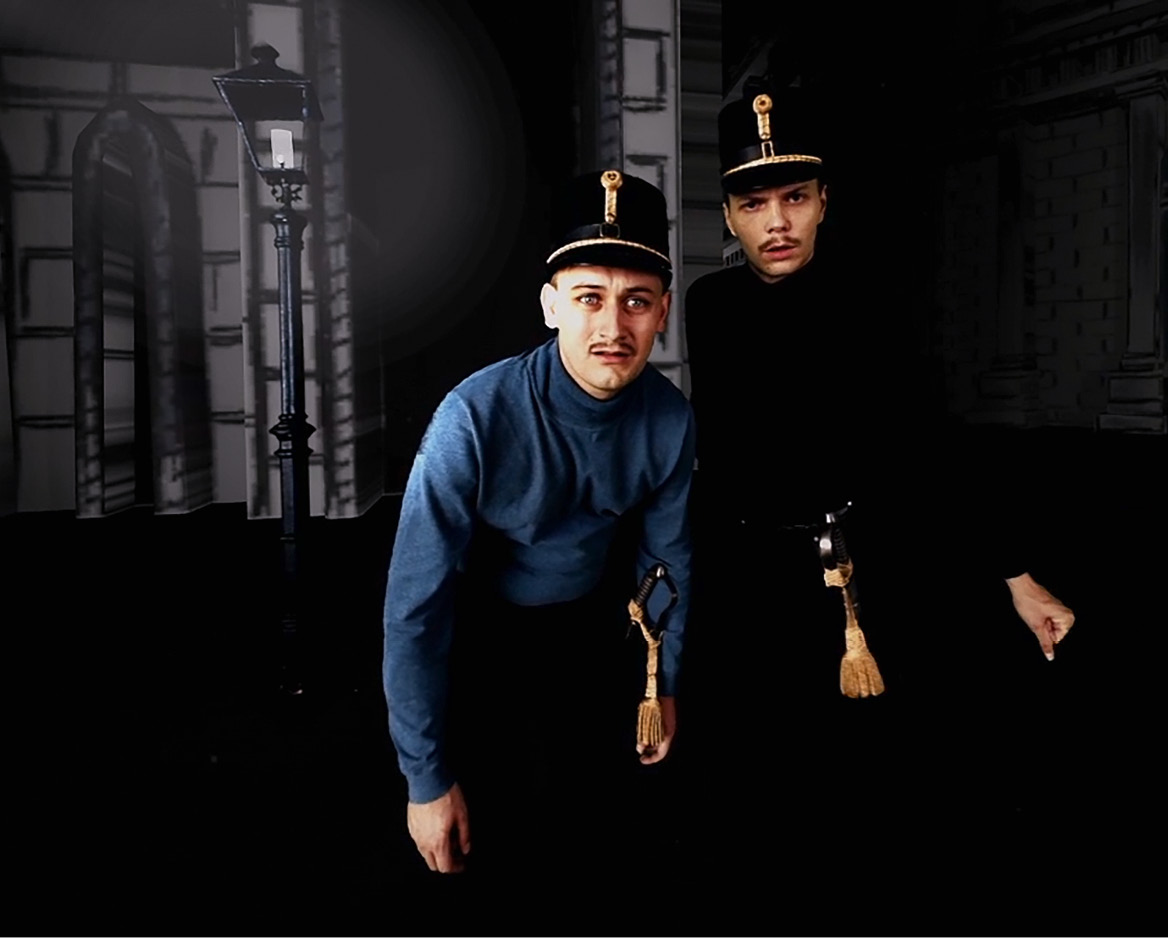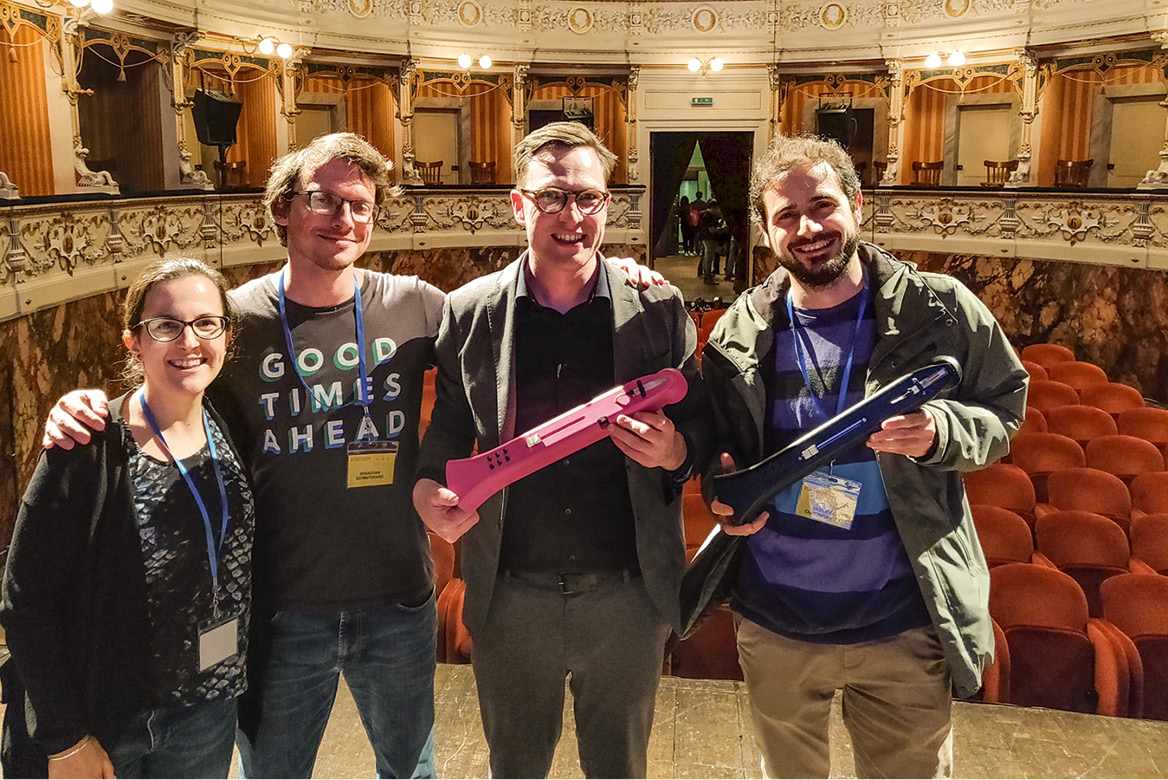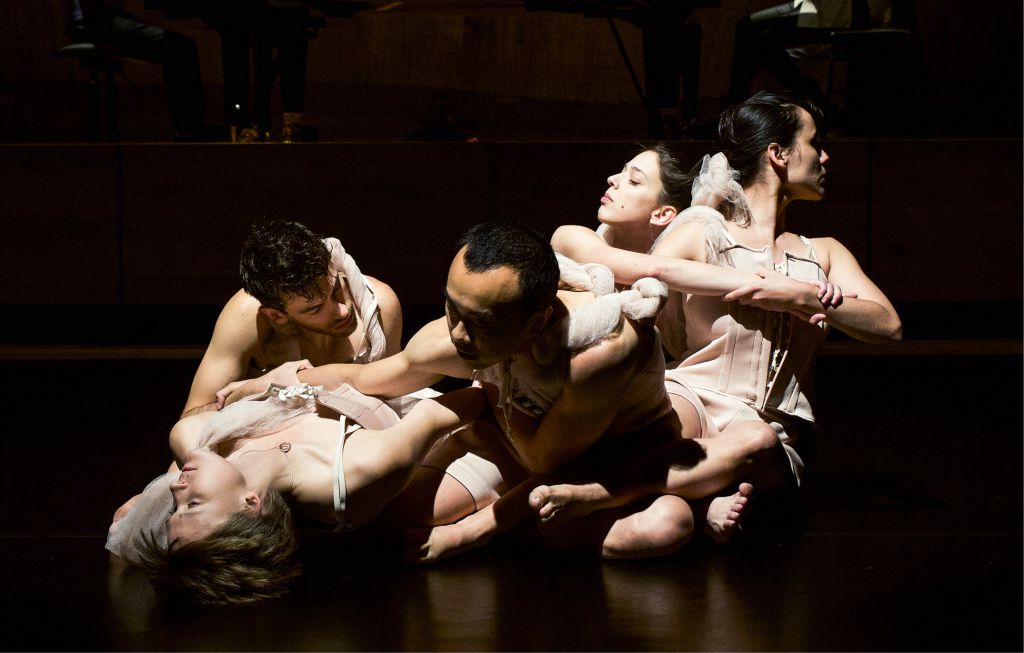Back in 2018, the mdw began offering internal financial support for pilot projects in the field of artistic research. Let’s take a look at how these projects are doing!
The objective of this call was to facilitate the further development of artistic research practices, methods, and discourses within the fields and disciplines represented at the mdw. Nine artistic research projects, most of which are transdisciplinary and collaborative in nature, have since been granted support, and several of their teams have already submitted third-party funding applications to the Programme for Arts-Based Research (PEEK) of the Austrian Science Fund (FWF). The nine internally funded projects were selected from over 20 submissions by virtue of their innovative research questions and commensurately portrayed methods, with the idea being that artistic practice should play a central role in the research process. A further objective of this pilot call, above and beyond facilitating eventual third-party funding applications, was to disseminate projects’ findings via public performances, exhibitions, and publications. One avenue of publication is the website “Research Catalogue”—an online database that collects, archives, publishes, and exhibits artistic research—run by the Society of Artistic Research (SAR), of which the mdw is a member. The University’s present objective is to further intensify and refine its activities in the field of artistic research, a field that is now developing in so many respects, via the lecture series Knowing in Performing, the ongoing PEEK projects Rotting Sounds and Creative (Mis)understandings, and preparatory work for the future doctoral programme.

“I briefly asked myself whether I should put some of your questions into practice, which is to say: answer them with motion.” Performer Gabri Einsiedl says this in a filmed “intra-view” that was published via the Research Catalogue site by Adelheid Mers and Doris Ingrisch. The performer thereupon stands up from the conference table and enters a “micro-trance”. The video clip ends. This little episode hints at how intriguing artistic research can be and how easy it is to share it with an interested community using means such as Research Catalogue. The pilot project Intra-Viewing. Die Kunst, Gespräche im Inbetween zu führen [Intra-Viewing. A Design-Studio] by Doris Ingrisch (IKM) takes a closer look at the classic method of interviewing and develops it into artistic research—i.e., research on the creation of art using the means of art. The question guiding this research is: “How do you work?”
Two other media via which artistic research is conveyed and can be experienced are those of film and the stage. The pilot project Confronting Realities, already introduced by mdw Magazine in its previous (October 2019) issue, is situated at Film Academy Vienna and was submitted by Barbara Wolfram and Christina Wintersteiger. It deals with storytelling in the filmic medium by having performers conduct artistic research concerning their own and others’ social biographies. Far off from the diversity of migrant origins discussed and portrayed in that project is Sebastian Brauneis’s pilot project Inside Lieutenant Gustl (or: The Potential of VR in Theatre Acting). Here, VR technology meets Arthur Schnitzler: this project’s audience can experience the inner world of Schnitzler’s Lieutenant Gustl anew, exploring it with VR glasses at special public events. Yet another entirely different topic is taken on by Julia Fent (IKM), whose project focuses on the Emergence of the Excluded—in which the term “excluded” refers to the “post-sovereign subjects of music therapy”. This project’s originator is less concerned with virtual introspection than she is with applied music improvisation in a therapeutic setting that aims to allow excluded subjects to be heard and thereby effects a “queering” of music therapy. In the pilot project submitted by Marko Kölbl (IVE) together with Irene Egger (from the Austrian folk music organisation Österreichisches Volksliedwerk) and performance artist Regina Picker, the question of how performance artists make use of and deal with traditional forms of expression (such as yodelling) in their own pieces is at issue. Their work here involves critically interrelating the production and the presentation of knowledge.

A different focus was adopted by the feasibility study conducted by Monika Smetana (Department of Music Therapy), which introduces an experimental design for researching how dialogue arises from improvisation at the piano in the context of music therapy. And musical instruments play an even more central role in the pilot project Sound Synthesis Using Virtual Acoustic Instruments by Vasilis Chatziioannou (IWK): in this coupling of computer sciences, audio engineering, and music performance, virtual acoustic instruments are to be employed in compositions and in performances of electroacoustic music.
The inter- and/or transdisciplinary interweaving of music and painting as well as of music and dance are researched by two further pilot projects: Bilderzyklus, Autobiographie oder Musiktheater? Charlotte Salomons Singespiel „Leben? Oder Theater?” [Series of Paintings, Autobiography, or Music Theatre? Charlotte Salomon’s Singespiel “Life? Or Theatre?”], submitted by Melanie Unseld (IMI), questions genre attributions within the arts and conceives of a multisensory exhibition that highlights how Salomon emancipated herself from such attributions by creating a series of 1,325 gouaches that could be read as a musical score. And last but not least, there is the project Performing Gestures / Kinaesthetic Backgrounds in Music and Dance, submitted by Johannes Marian in collaboration with the choreographer Rose Breuss (Anton Bruckner Private University): April 2019 saw three rarely performed ballets realised at the Brucknerhaus in Linz, a production in which the “notated movements, photographed gestures, drawn spatial arrangements, and images of bodies featuring dance ensembles” were choreographically reconstructed in workshops together with dancers and musicians and then staged as re-enactments.

On 10 January 2020, the workshop Proposal Writing in Artistic Research – PEEK will be held at the mdw.

